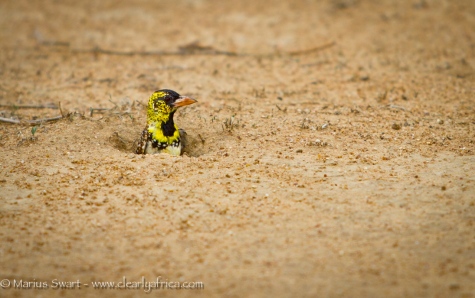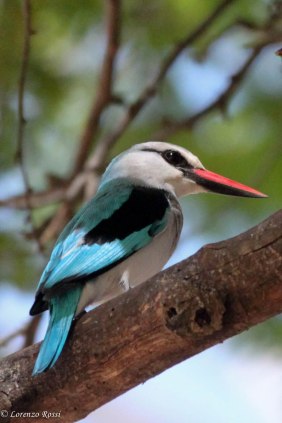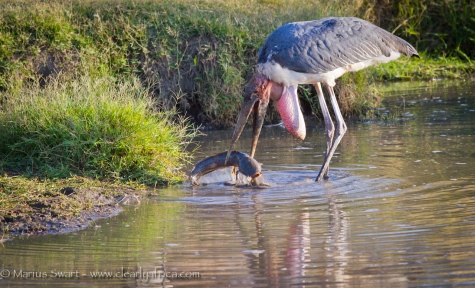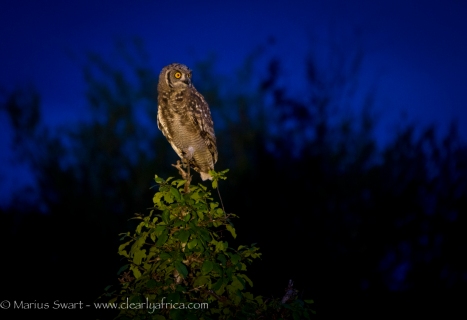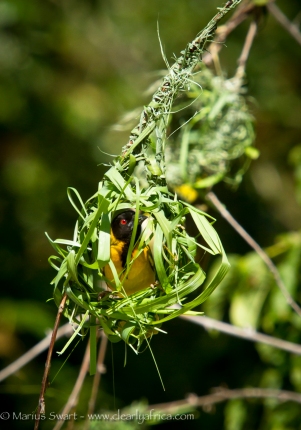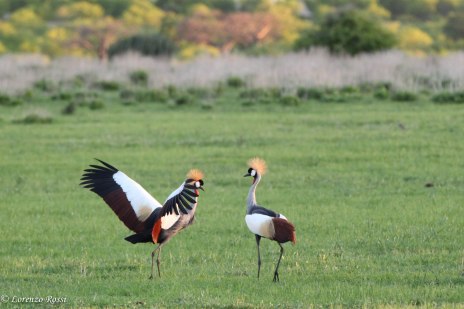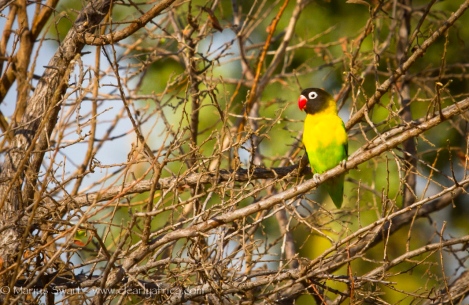Birds of Ruaha National Park
By Ryan Green, Travel Writer
Images by Marius Swart & Lorenzo Rossi, Kwihala Camp Guides
Ruaha National Park boasts over 500 species of birds, making it a hotspot for birding enthusiasts. During the summer months, migrant species arrive in the region, often to breed, and the skies are full of flocks on the move. Steppe eagles arrive in their multitudes after an epic journey form the steppes of Asia, and inter-African migrants such as woodland kingfishers fill the air with their trilling calls.
As the rainy season draws to a close in Ruaha, this beautiful selection of images by Marius Swart and Lorenzo Rossi exemplify the beauty and diversity of the birdlife in the park.
The summer skies are filled with huge flocks of birds.
Diminutive red-cheeked cordon bleu finches take advantage of plentiful seeds and termites during the summer months in order to breed. These tiny birds engage in a frenzy of mating displays and nesting behaviour towards the end of the rainy season.
Steppe eagles breed in Central Asia, and then migrate to Africa for the rainy season, where they feed on termites, small mammals, reptiles and birds.
Unlike other barbets that nest in tree holes, D’Arnaud’s barbets excavate nesting holes in the ground, as this unusual image demonstrates.
Beautifully coloured woodland kingfishers fill the air with their trilling calls. Interestingly, these kingfishers do not feed on fish at all, and are found in drier habitats, mainly hunting insects and small reptiles.
The rains bring about the emergence of catfish, which in turn attract a multitude of predators like this marabou stork.
A beautiful image of a spotted eagle owl, which is the smallest of the large owls.
Weavers engage in a frenzy of mating and nest-building activity.
The spectacular courtship dance of crowned cranes is a highlight of the summer season.
Yellow-collared lovebirds are endemic to the region, and these beautiful birds are often seen gathering in large flocks.




